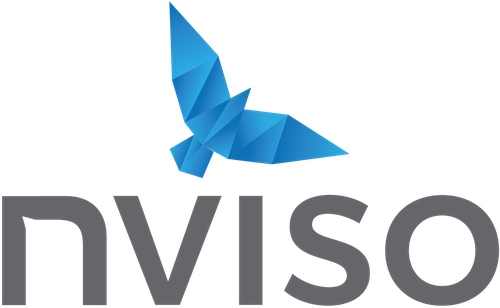
The history of artificial intelligence dates back to the 1950s, when scientists began to wonder whether machines could think and learn like human beings. They wondered whether it was possible to create computers that could perform intelligent tasks autonomously. Find out more about the history of artificial intelligence in this article.
The Turing test
Alan Turing, a brilliant British mathematician, was one of the key figures in AI. In 1950, he devised a revolutionary test called the "Turing Test".
The test takes the form of a game played by three players in different rooms. An interrogator asks written questions to a man and a woman, with the aim of determining their gender based on their answers. However, to make the game more complex, the man is invited to pretend to be a woman. After the first game, the man is replaced by a computer, who continues to pretend to be a woman. At the end, the performance of the human-machine interaction is compared in this imitation game to describe the level of this artificial intelligence.
This test was an important starting point for artificial intelligence research.

Snarc
In the same year as the Turing Test, two Harvard students, Marvin Minsky and Dean Edmonds, created Snarc, which stands for Stochastic Neural Analog Reinforcement Calculator. Snarc was the first neural network computer. It uses 3,000 vacuum tubes to simulate a network of 40 neurons.
The idea behind Snarc is to create a computer that can learn and make decisions like a human being. One of the interesting things about Snarc is that it can learn by itself. It can study examples and information to understand how to do certain things. The other fascinating aspect of Snarc is that it can make decisions using rules. Snarc's goal is to create a computer that can learn, reason and make decisions like a human being. This is an important step in the development of artificial intelligence.
A software for learning to play chess
In the 1950s and 1960s, researchers began exploring the capabilities of computers to solve logical and mathematical problems. In 1952, Arthur Samuel created a software program capable of learning to play chess autonomously.
The Logic Theorist
In 1955, American researchers Allen Newell and Herbert A. Simon developed one of the pioneering Logic Theorist projects. This is a computer program capable of proving mathematical theorems. It can solve logic problems using rules and reasoning steps, and learns from its experiences to become better at problem solving. Newell and Simon's aim in creating the Logic Theorist was to show that a computer could be programmed to think and solve logical problems in a similar way to a human being.
The conference at Dartmouth College
In 1956, a historic conference on artificial intelligence was held at Dartmouth College in the USA. This conference, which brought together several researchers, is considered the official starting point for AI research. The aim was to explore the possibility of creating intelligent machines capable of learning, solving problems and simulating human cognitive processes.
The AI winter
In the 1970s and 1980s, artificial intelligence raised doubts and questions. This period of slowdown in the development of artificial intelligence is known as the "AI winter". This happened because AI researchers were unable to meet the high expectations that had been placed on them. As a result, many AI research projects were cancelled and funding cut off.
The development of R1
The AI winter came to an end with the development of R1 (XCON) by Digital Equipment Corporation. R1 was a commercial expert system designed to configure commands for new computer systems. R1 was a success! It triggered a veritable AI investment craze that lasted for over a decade.
Artificial neural network technology
Over the years, computers have become increasingly powerful thanks to technological advances. Researchers have explored different approaches to developing AI. For example, in the 1980s and 1990s, a technique called "artificial neural networks" was used. This approach is inspired by the workings of the human brain, and enables machines to learn from data and recognize patterns.
Deep Blue beats world chess champion
A key moment in the history of AI occurred in 1997, when IBM's Deep Blue computer beat world chess champion Garry Kasparov. This was a landmark moment, as it was the first time a computer had outperformed a human being in such a complex game. It demonstrated the impressive capabilities of AI in demanding fields.

Voice assistants
In the early 2000s, AI began to permeate our daily lives. Smartphones became popular and introduced intelligent voice assistants like Siri at Apple and Google Assistant. These assistants use AI to understand our voice commands, answer our questions and help us with everyday tasks.
AI now everywhere in our daily lives
Today, AI is used in many fields, from medicine to finance to autonomous cars. AI is also used in facial recognition, machine translation, movie and music recommendations, and many other applications. Another exciting application of AI is conversational AI. Like Leexi!
Another important innovation in AI is the use of advanced language models such as OpenAI's GPT-3, Google BART and ChatGPT. These models enable computers to understand and generate text in sophisticated ways, paving the way for exciting applications such as virtual assistants and content creation.
In conclusion ...
The history of AI is fascinating, as it shows how machines have evolved to become increasingly intelligent and capable of helping us in many areas. Although AI is still in development, its impact on our society is certain to grow in the years to come.
A strong commitment to your security and that of your data

ISO-27001 Certification

GDPR compliance

SSL technology

Pentest by Nviso
Ready to boost your productivity with Leexi?
Leexi AI Notetaker takes notes for you
